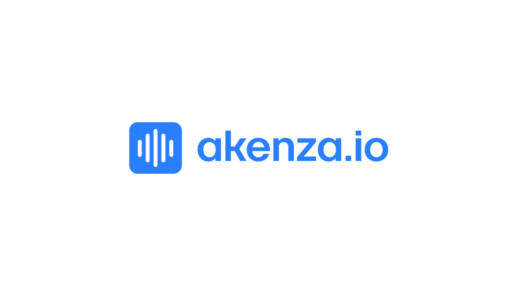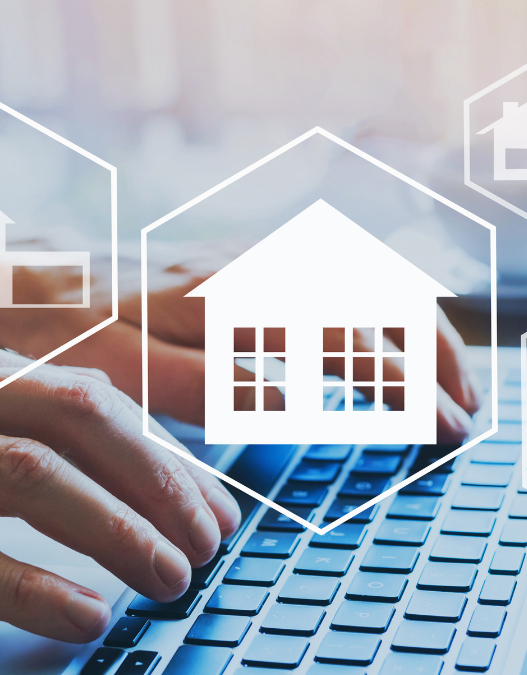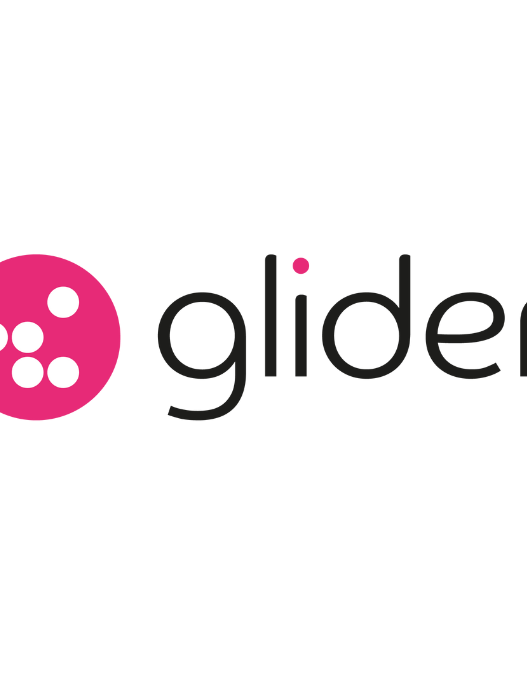In our latest Spotlight Interview, we speak with Jonas Schmid, Co-CEO and VP Sales at akenza.io. Jonas explains how akenza aids in the process of identifying and managing assets, leveraging modern technologies such as digital twins and integrating them with legacy systems and assets of older buildings. “The smart building market is highly fragmented, and companies often struggle with proprietary vertical solutions and complex integrations. We bring a much more agnostic ecosystem approach based on a range of off-the-shelf technologies. By simplifying data collection, akenza makes it easy for real estate companies to create smarter, more efficient and sustainable buildings.”
Q1 – What was the impetus for developing Akenza’s IoT solutions and what are some of the common challenges faced by real estate companies that Akenza’s platform is designed to solve?
We offer an enterprise-grade low-code platform that provides a robust IoT technology foundation for a variety of smart building use cases. The smart building market is highly fragmented, and companies often struggle with proprietary vertical solutions and complex integrations. We enable a more agnostic ecosystem approach based on a variety of off-the-shelf technologies. By simplifying data collection, akenza makes it easy for real estate companies to create smarter, more efficient, and more sustainable buildings.
Q2- How does Akenza help reduce the time and costs associated with finding and managing assets for large properties or across multiple properties?
Akenza simplifies asset management across multiple facilities by providing a centralized platform that enables building data management at scale. Through its rules engine and notification services, building operators can automate monitoring, receive real-time updates, and stay tightly connected with their facilities.
Q3- Tell us briefly about how Akenza is integrating modern technologies like Digital Twin into its IoT solutions and the benefits of IoT-driven Digital Twin?
Our 3D floorplan component opens new possibilities for interaction with building data, transforming static numbers into dynamic 3D representations directly within customer dashboards. These 3D floorplans allow customers to interact with IoT data directly within the building twin. A wide range of visualizations are supported, including desk and room occupancy, indoor air quality heatmaps, real-time and historical sensor values, and more.
Q4 – How does Akenza support the integration of its IoT platform with legacy systems and assets in older buildings?
Our IoT platform has a technology-agnostic approach. We are continuously adding new integrations and input connectors to ensure compatibility with a wide range of technologies. For existing BMS systems, akenza uses Niagara connectors that facilitate communication over a variety of protocols including KNX, CAN, BACnet, M-BUS, LonWorks and Modbus.
Q5- Going forward, as Akenza continues to grow, how will the platform position itself to address the changing real estate market and its needs?
We strive to foster a technology agnostic approach, enabling seamless integration with both emerging and legacy systems. Our focus on scalability and flexibility enables akenza to address the growing complexity and scale of IoT deployments as the market demands more advanced smart building solutions.
By continuously updating its platform with the latest technologies and integrations, akenza is well-positioned to help real estate companies navigate dynamic market challenges and create smarter, more sustainable and efficient buildings for the future.






















